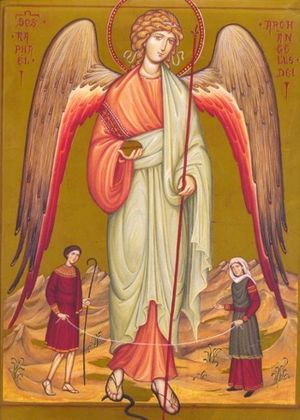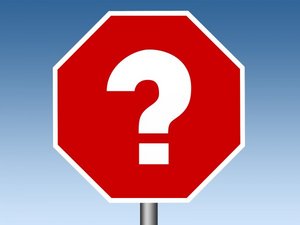Many Florentine artists and writers used characteristics in their works that made each painting or piece of literature either medieval or Renaissance thinking. Many famous Florentine artist and writers lived from the middle ages to the Renaissance. There are characteristics of each artist or writer’s works that can clearly be categorized as medieval or Renaissance thinking. Painters such as Giotto, Raphael, and Jan van Eyck painted masterpieces during with Renaissance beliefs that are still studied today. Also, writers such as Machiavelli and Castiglione made their mark in the modern world with excellent writing during the Renaissance.
In medieval art, artists did not use a lot of emotion. Everything was two-dimensional, and the art was simple, containing little color. Renaissance art was more complicated because the characters in the paintings were life-like, while medieval humans were frozen in place in the picture. The Homage of a Simple Man by Giotto was painted in 1321, during the medieval era. The painting itself is also more medieval than Renaissance because it has a religious theme. Also, the perspective is imperfect because the vanishing point lies outside the actual painting. However, the painting does contain some depth, implicating the development of more complicated, Renaissance art. TheSchool of Athens by Raphael Santi, painted around 1508-1511, is a good example of Renaissance art. The painting has perfect perspective. The characters include ancient Greek philosophers such as Plato, Aristotle, and Socrates. There are also Greek gods and goddesses like Athena in the painting, making it extremely humanist. The painting shows many characters informally sprawled over the floor studying philosophy and mathematics. The church would be angered to see men waste their time on something not involving God.
The setting of the painting is a building with round arches, which are Roman. These arches would have never been allowed by the church in the Middle Ages because Romans were heretics; therefore, how good could their creations be? In another Renaissance masterpiece, a painting called Giovanni Arnolfini and His Bride by Jan van Eyck shows a couple being married. There are symbols linking the painting to be both secular and religious. It can be considered secular because the couple is not exchanging their vows in a church, which would have been required during the strict days of the medieval era. Also, the man and the woman are dressed like mobility although they are in the merchant class. This expresses social mobility, which would have never happened in the middle ages. In addition, the woman seen holding hands with Giovanni Arnolfini has a bloated stomach that means the woman is pregnant. This painting would not have been allowed during the medieval era because it was a horrible sin to be pregnant before marriage. The painting has some religious aspects as well. The single lighted candle on the chandelier represents Christ and diving light. The mirror symbolized the all-seeing eye of God. While art in the Renaissance improved greatly, many great ideas were expressed in excellent Renaissance literature.
Niccolo Machiavelli’s The Prince, written in 1513, is a classic treatise in political theory. However, the book is secular, separating state form church. He writes that a prince should learn not to be good, according to the necessity of the case at hand. He said that it was more important to seem to have a good quality than to actually possess it. He then speaks out against the church. He writes, “¡¦in order to maintain the state, to act against faith, against charity, against humanity, and against religion.” Although the church still had great influence during this time, the church could not stop this from being written as it could have in the medieval era. If the church had a choice, we would not be reading this quote from Machiavelli today. He would have considered a heretic, but he was in the days of the exciting, new Renaissance. He also writes, “Everybody sees what you appear to be, few feel what you are¡¦ the end justifies the means.” The author believes that it is much more critical what is on the outside rather than what is in the inside. Also, the last part of the quote implies that he does not care that God knows what he’s like as long as he looks good to other humans. Baldesar Castiglione’s The Book ofthe Courtier describes the qualities men and women needed in court life to succeed. He writes, “Thus, I would have our Courtier born of a noble and genteel family¡¦” This is more religious and medieval because this shows that there is no social mobility. He writes that the ideal courtier should be faithful, which is important to a Christian’s beliefs. He then says in his book, “I would have him more than passable learned in letters, at least in those studies which we call the humanities.” This means that it is important for everyone to be literate, not just the clergy. This goes against the church’s viewpoint. Castiglione then talks about how people should learn Greek and their vernacular language. This is obviously Renaissance thinking because the church believed that anything worth reading was written in Latin. Castiglione then writes, in detail, how a woman should act. This is a new Renaissance idea that women are people just like men, and it is also new to even mention women in a piece of literature.
There are clear differences between Renaissance ideas and medieval ideas. Each artist or writer mentioned above used new ideas of the Renaissance and old ideas of the medieval era. They were able to use new ideas blended in with religious beliefs to create masterpieces centuries ago that are still marveled at today. In a time of much change, these writers and artists expressed their exciting ideas so that we can learn from them today.


